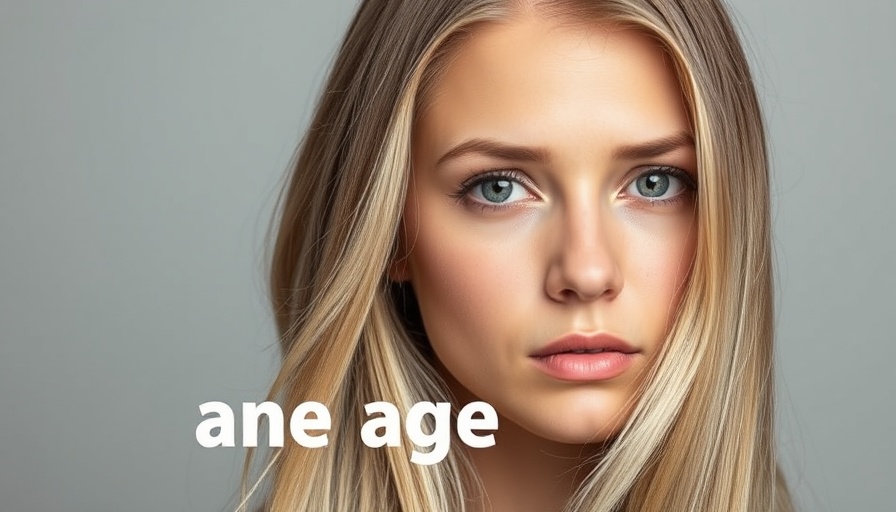
Gen Z's Beauty Dilemma: Are We Aging Too Fast?
In the video titled "You're Too Young To Look This Old," the discussion challenges perceptions about aging and beauty standards in today's society, particularly within Generation Z. It's become a common sentiment that younger individuals appear significantly older than their actual age, leading to widespread concerns that the things we do to achieve our ideal looks might push us further down the road of aging. As a seasoned patient care coordinator, I know how vital it is to navigate the delicate balance between beauty and authenticity.
In 'You're Too Young To Look This Old,' the discussion dives into beauty standards and societal expectations for Gen Z, exploring key insights that sparked deeper analysis on our end.
Understanding the Age Gap in Perceptions of Beauty
The aging debate has sparked conversations, especially regarding aesthetic treatments. Why do many in their early 20s look like they could be in their mid-40s? This alteration in perceived age has been attributed to various factors, including cosmetic procedures, advanced makeup techniques, and societal pressure. In a bid to appear youthful, Gen Z's affinity for Botox and fillers has led to transformations that might not align with their actual youthfulness.
The Role of Tweakments in Aesthetic Standards
Tweakments—non-surgical enhancements such as fillers and Botox—have exploded in popularity among young adults, many of whom start these treatments at a significantly younger age. As mentioned in the video, it might be tempting for young individuals to turn to cosmetic procedures as a 'preventative' measure against aging. However, these interventions might inadvertently fuel the age-appearance paradox, as the constant use of Botox can lead to muscular atrophy, changing the overall face structure.
Influencers Setting the Beauty Standards
Social media influencers and celebrities also perpetuate this beauty phenomenon. Young stars like Kylie Jenner and Millie Bobby Brown, through their public profiles, have shaped beauty norms for their younger fans. The conversation often revolves around their looks while forgetting the complexities behind those appearances. When these figures undergo cosmetic enhancements, it can distort the understanding of what healthy beauty looks like at various ages.
A Cultural Shift: The Fear of Aging
Our culture often celebrates youth while viewing aging through a negative lens. This stigma around aging feeds into the pursuit of everlasting youth, particularly among women. The video appeals for a reevaluation of these values across generations. While it's commendable to seek methods to enhance self-image, we need to cultivate an understanding that each age is beautiful in its way, and aging itself is a natural process.
Practical Steps for Future Generations
For those considering cosmetic treatments, it's essential to approach them with care. Here are some practical steps to guide you:
- Research Carefully: Seek information regarding the treatments you’re considering to understand their long-term impacts.
- Consult with Experts: Find reputable practitioners who prioritize your health and well-being over sheer profit.
- Embrace Your Unique Beauty: Sometimes less is more; focus on enhancing natural features instead of conforming to trending ideals.
We must prioritize informed decision-making about aesthetic treatments. The aim should be to feel empowered and confident without sacrificing individual beauty, which often lies in our unique traits.
The performative nature of beauty in our image-obsessed society compels us to rethink how we perceive aging and beauty standards. Rather than fearing the marks time leaves, let's choose to embrace them as evidence of life lived—and this perspective will lead to a more compassionate beauty journey for all generations.
 Add Row
Add Row  Add
Add 






Write A Comment